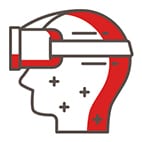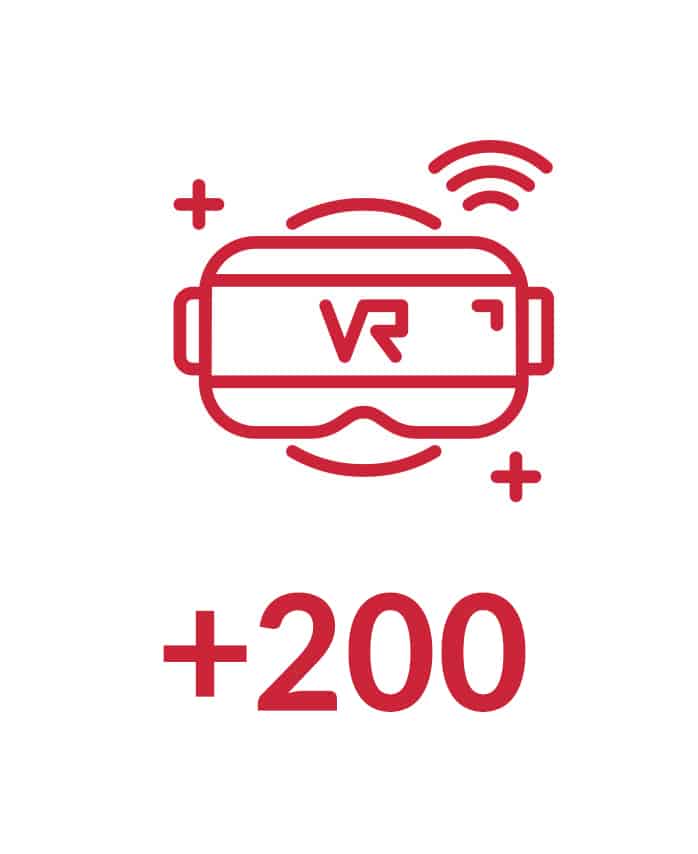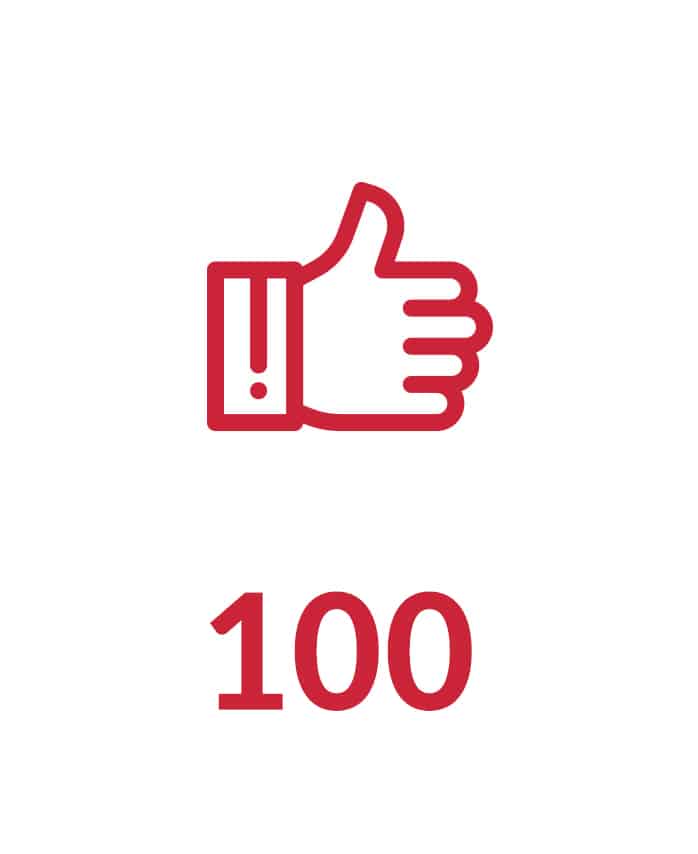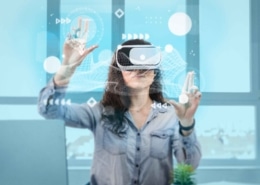Empresa de Realidad Virtual y Aumentada
Expertos en desarrollo de Realidad Virtual, Aumentada y Mixta
TwoReality es una empresa de realidad virtual que idea y produce aplicaciones para gafas virtuales, dispositivos móviles y realidad aumentada para empresas y eventos de realidad virtual. Desarrollando contenidos digitales para adaptarlos a los dispositivos que queramos utilizar. En cada proyecto seleccionamos la mejor tecnología disponible para gafas virtuales e implementamos tu app de realismo virtual para Oculus Quest, Oculus Rift, Microsoft HoloLens, HTC Vive y Cardboard. La realidad virtual, por definición, simula la realidad efectiva. La evolución de las tecnologías informáticas ha hecho posible la navegación de ambientaciones fotorrealistas en tiempo real, así como la interacción con los objetos comprendidos en estas ambientaciones. Asimismo, desarrollamos para empresas los contenidos digitales que se visualizarán en: vídeos 360 y modelado 3D en 360°. Desarrollo de tecnología virtual y aumentada a medida de tu empresa.



























